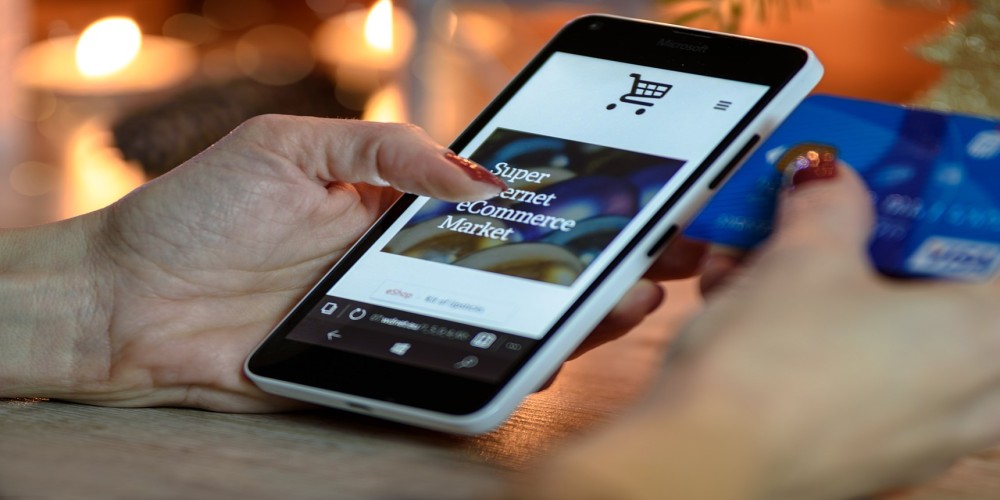Unlocking the Future: The Dominance of Mobile Shopping Apps in E-commerce
- 369

As technology evolves, so do the ways we shop. Over the years, e-commerce has grown exponentially, transforming the retail landscape and altering consumer behavior. Now, the future of e-commerce is shifting towards mobile shopping apps. With the prevalence of smartphones and the convenience they offer, mobile shopping apps have become a crucial part of the e-commerce ecosystem.
As per eMarketer, mobile commerce sales are predicted to make up 72.9% of e-commerce sales by 2021. This indicates a clear shift from desktop shopping to mobile shopping. Mobile shopping apps offer customers the ability to shop anytime, anywhere, directly from their pockets. This ease and accessibility are driving the surge in the popularity of mobile shopping apps.
Personalization: The Key to Customer Engagement

One of the significant advantages of mobile shopping apps is the level of personalization they can offer. With the help of artificial intelligence and machine learning, mobile apps can track and analyze user behavior to provide a tailored shopping experience. This personalized approach not only enhances the user experience but also boosts customer loyalty and engagement.
According to a study by Accenture, 75% of consumers are more likely to buy from a retailer that recognizes them by name, recommends options based on past purchases, or knows their purchase history. Mobile shopping apps can take personalization to another level by sending personalized push notifications, offering exclusive deals, and recommending products based on browsing and purchase history.
AR and VR: Revolutionizing the Shopping Experience

Augmented reality (AR) and virtual reality (VR) technologies are set to take mobile shopping apps to new heights. AR and VR can provide a 'try before you buy' experience, bringing the in-store experience to the comfort of the user's home.
For instance, furniture stores can enable their customers to visualize how a piece of furniture would look in their own space using AR. Similarly, fashion apps can let users virtually try on clothes or accessories. This immersive shopping experience can significantly enhance customer satisfaction and reduce return rates. According to Gartner, 100 million consumers will shop in augmented reality online and in-store by 2020.
Mobile Payments: The Rise of Digital Wallets

Mobile shopping apps are also revolutionizing the way we pay for our purchases. Digital wallets, like Apple Pay, Google Wallet, and Samsung Pay, are becoming increasingly popular.
These mobile payment solutions offer a quick, secure, and convenient way for customers to pay, eliminating the need for physical cards or cash. Additionally, the integration of biometric authentication, like fingerprint scans and facial recognition, further enhances the security of mobile payments. As per a report by Mordor Intelligence, the global mobile wallet market is expected to witness a CAGR of 15.1% during the forecast period (2021 - 2026).
The Future of Mobile Shopping Apps
As we move into the future, mobile shopping apps will continue to evolve and innovate, offering even more personalized and immersive shopping experiences. With advancements in AI, machine learning, AR, VR, and other technologies, mobile shopping apps will become more sophisticated and intuitive.
Furthermore, the integration of social commerce, voice search, and other emerging trends will redefine the mobile shopping experience. As mobile technology and internet connectivity continue to improve, the accessibility and popularity of mobile shopping apps will only increase, firmly cementing their place as the future of e-commerce.